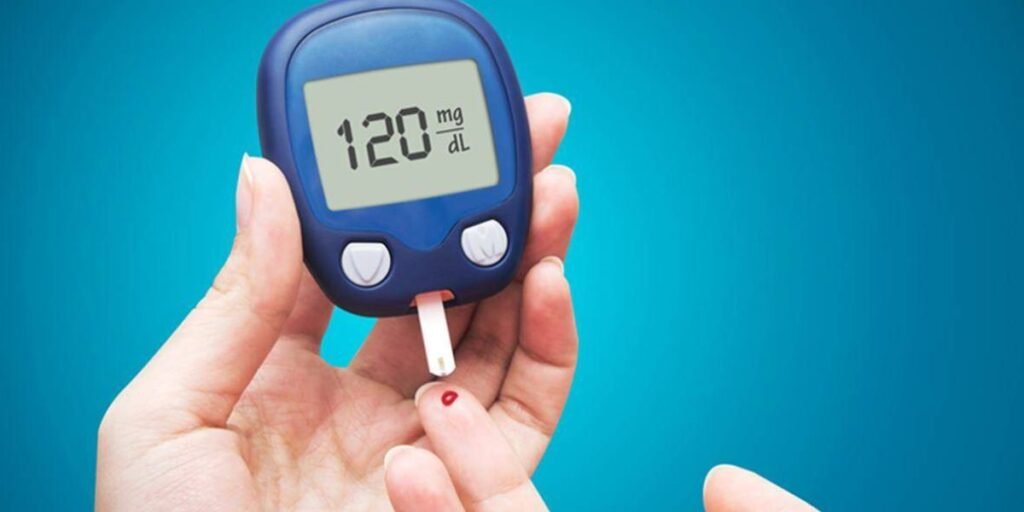Obsessive-Compulsive Disorder (OCD) is a mental health condition characterized by persistent, unwanted thoughts (obsessions) and repetitive behaviors or mental acts (compulsions) performed to alleviate anxiety. Understanding the available treatment options is essential for managing symptoms and improving quality of life. Here’s everything you need to know about the best ocd treatment options.
1. Cognitive-Behavioral Therapy (CBT)
Cognitive-Behavioral Therapy (CBT) is widely regarded as the gold standard for OCD treatment. CBT focuses on identifying and altering negative thought patterns and maladaptive behaviors. A specialized form of CBT, known as Exposure and Response Prevention (ERP), is particularly effective for OCD.
ERP involves gradually exposing individuals to anxiety-provoking thoughts or situations while preventing the associated compulsive behavior. Over time, this method reduces anxiety and weakens the obsessive-compulsive cycle.
Studies have consistently shown that ERP can significantly decrease OCD symptoms and improve daily functioning. Therapy is often structured and goal-oriented, with patients learning coping strategies to handle intrusive thoughts without resorting to compulsions.
2. Medication
Pharmacotherapy can be a crucial component of treatment for individuals with moderate to severe OCD. Selective Serotonin Reuptake Inhibitors (SSRIs) are the most commonly prescribed medications for OCD.
Drugs like fluoxetine (Prozac), sertraline (Zoloft), and fluvoxamine (Luvox) help regulate serotonin levels in the brain, reducing the intensity of obsessive thoughts and compulsive behaviors. In some cases, doctors may prescribe clomipramine, a tricyclic antidepressant, which has shown effectiveness in treating OCD symptoms but may have more side effects compared to SSRIs.
Medication can be particularly helpful for individuals who struggle to engage in therapy due to the severity of their symptoms. However, it may take several weeks to notice improvements, and dosage adjustments are often necessary.
3. Combination Therapy
Combining CBT (particularly ERP) with medication often provides comprehensive relief, especially for individuals who do not respond adequately to a single treatment. This integrated approach addresses both the psychological and biological aspects of OCD, leading to more sustainable results.
For example, medication can help reduce symptom severity, making it easier for individuals to engage in and benefit from CBT. Research suggests that combination therapy can be more effective than either treatment alone, especially in cases of severe OCD. Mental health professionals typically tailor the combination approach based on individual needs and treatment responses.
4. Mindfulness and Acceptance-Based Therapies
Mindfulness and acceptance-based therapies have gained recognition for their role in OCD treatment. Mindfulness-Based Cognitive Therapy (MBCT) and Acceptance and Commitment Therapy (ACT) encourage individuals to observe their intrusive thoughts without judgment and without acting on compulsions.
These therapies teach patients how to accept the presence of obsessions rather than attempting to suppress or eliminate them. Techniques such as meditation, deep breathing, and grounding exercises can enhance emotional regulation and reduce the distress associated with OCD. By fostering a non-reactive awareness of thoughts, mindfulness approaches can diminish the power of obsessions and prevent the compulsive cycle from taking hold.
5. Deep Brain Stimulation (DBS) and Transcranial Magnetic Stimulation (TMS)
For individuals with treatment-resistant OCD—those who do not respond to standard therapies—advanced treatment options like Deep Brain Stimulation (DBS) and Transcranial Magnetic Stimulation (TMS) may be considered. DBS involves surgically implanting electrodes in specific brain regions to modulate abnormal neural activity associated with OCD.
TMS, on the other hand, is a non-invasive procedure that uses magnetic fields to stimulate targeted brain areas. Both treatments have shown promise in reducing severe OCD symptoms, although they are typically reserved for individuals who have not found relief through conventional methods. These advanced treatments require thorough evaluation by mental health professionals and carry their risks and benefits.
6. Support Groups and Peer Support
Participating in OCD support groups can be a valuable supplement to traditional treatment. Support groups provide a safe and understanding environment where individuals can share experiences, coping strategies, and encouragement.
Peer support fosters a sense of community and can reduce feelings of isolation that often accompany OCD. Online forums and in-person groups offer opportunities to connect with others facing similar challenges. Sharing successes and setbacks with peers can motivate individuals to stay committed to their treatment plans and try new coping strategies.
7. Lifestyle Modifications
Incorporating healthy lifestyle habits can significantly support OCD treatment. Regular physical activity, such as walking, running, or yoga, can reduce anxiety and improve mood. Adequate sleep is crucial, as sleep deprivation can exacerbate OCD symptoms.
Practicing stress management techniques like meditation, deep breathing exercises, and mindfulness can also enhance overall well-being. Creating structured daily routines can provide a sense of stability and predictability, reducing the likelihood of compulsive behaviors. Avoiding caffeine and alcohol, which can trigger anxiety, is also recommended.
Choosing the Right Treatment
Selecting the most effective OCD treatment requires careful consideration of several factors, including symptom severity, personal preferences, and individual responses to therapy. At Serenity, our OCD treatment options can help you achieve the mental peace you desire in the quickest timeframe possible.








